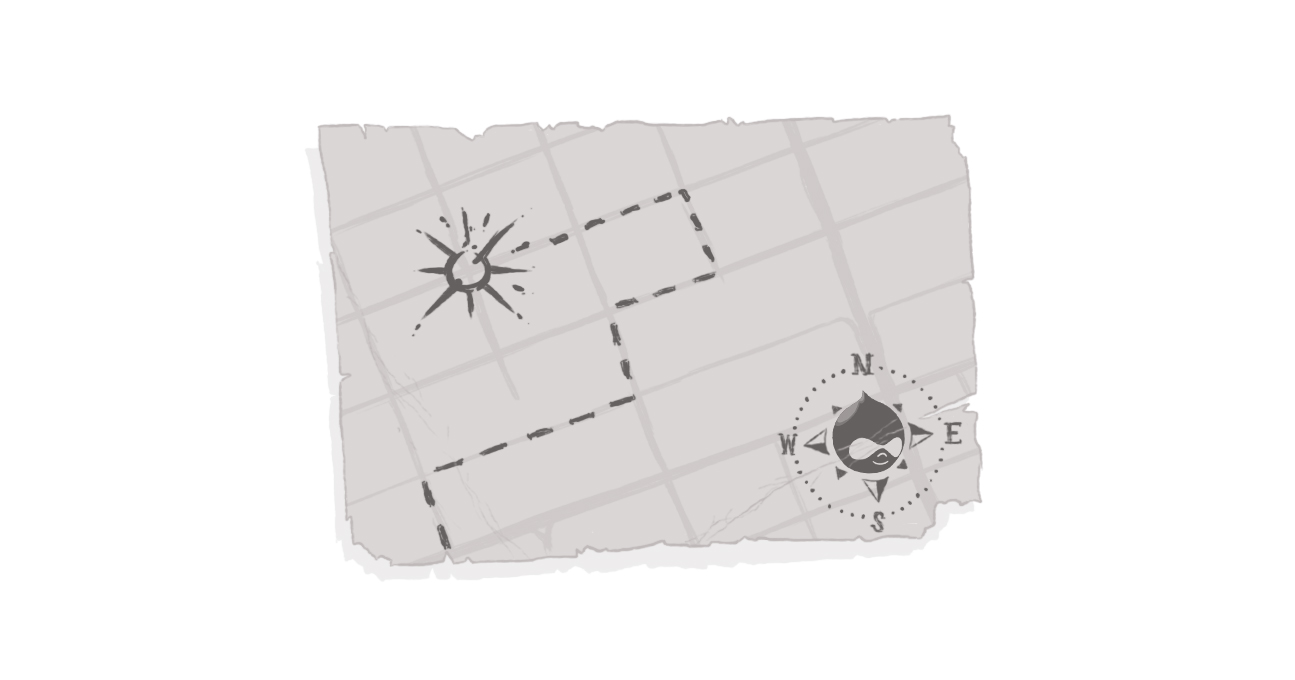The Path of Least Resistance? It's the One Your Customer Chooses so Keep Multiple Routes Open

The quickest route is always a straight line. But when it comes to delivering value to your consumers, that path might need to be a little more circuitous.
I live near a couple of streets away from a high school. On my way to work this morning, I noticed a fairly significant line-up of cars down the street, with a few fairly frustrated group of people driving them. The reason, of course, is that the students are back to school, so school buses now regularly block the street.
Most people roll with this. We know it's happening every year, so we plan for it (I have the good fortune of being able to walk to work, so I can bypass the whole thing) and deal with it. But others get visibly frustrated.
And that behaviour is mirrored in the on-line world. It's a common issue for business -- it can be frustrating when potential customers don't take what you feel is the path of least resistance. But you can either stick to your guns, hold on to what you believe is 'right,' and watch your customers blow by you.
Why? You're not speaking their language, you're not moving in their cadence, and you're not following the path that THEY desire.
Or you can plan alternate routes and help everyone get where they need to go at their own pace.
I'll hammer this point as nauseam -- people making facial tissue obviously hate that people search and ask for "Kleenex," a brand, but the fact is that's what people are using. You can call your widget whatever brand you want, but what's more important is what your customers are calling it. Branding is important, but it's not the be all and end all, especially if the branding isn't in your customers' language.
When designing your website and your anticipated user experience, it's important to keep the customer first and foremost in your mind. You are not developing for you, but rather you're trying to answer the all-important question that your customer has: "What's in it for me?"
The faster you answer that question and the more intuitive the path to that answer is, the happier your customer will be.
But it's not all about the hard, direct sell. Some people take a little longer to warm up to you. They need directions -- the old search engine -- and they want to find you using their language (and this is where a bull-headed insistence upon adhering to a marketing-derived term over convivial language can be fatal.)
They also need advice and support. And where do they get that? From their friends and family. In many cases it can be extremely valuable to cultivate a referral business model -- and that can be effectively done through engaging in social media, creating opportunities to rate products, and allowing your customers the chance to actively promote your brand as advocates.
Ideally, there's a direct line between your customer's need and the solution you provide, whether that's a physical product, information, or consultation. However, focusing too far on one end of the spectrum means you might be missing out on the other.
And that also runs in the inverse. Focusing too much on social, informational, and relationship-building efforts to the exclusion of a direct point of contact or immediate sale opportunity can alienate those who know what they want, when they want it, and how to get it.
Basically, everyone's eventually going to get where they're going. Some days there will be no traffic and a direct route; other days you're going to be stuck behind a seemingly endless line of school buses. So you can stay on your traditional route and rage against the obstacles in your way. Or you can try different routes, explore alternate methods, and help your customers find their way to you.
Sure, it may be a more scenic route, but eventually they'll get there and be more content with the process. Being obstinate?
That just leaves you spinning your wheels.
How do I attract customers to my site?
SUBSCRIBE TO OUR E-NEWSLETTER
 Subscribe
Subscribe


